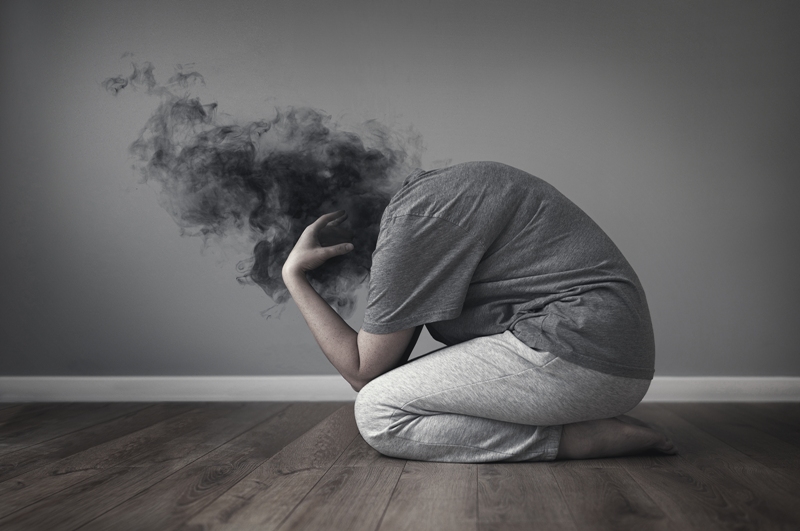
Scabies is a highly contagious skin infestation. It is caused by Sarcoptes Scabiei, which are microscopic mites that could live for months on the skin. First they reproduce on the skin surface then burrow into the skin and lay eggs leading to a red and itchy rash on the skin. All across the world there are around 130 million cases of scabies. The infection can pass easily through infected bedding or clothing or from one person to another through direct skin contact.
Effective treatment can be given usually to this bothersome skin infestation. Medications are given both the microscopic mites and their eggs. Usually treatment is recommended for the entire group of people as the disease is contagious.
It takes around six weeks for symptoms to appear after initial exposure to scabies. If the person has had scabies before then the symptoms develop more quickly usually. Intense itching that worsens at night time and rash are the hallmark symptoms of scabies. Sores are created with continuous scratching leading to infection in the sores. In such a condition, additional treatment along with antibiotics is recommended for the skin infection. Buttocks, nipple, wrists, waist, elbow, area between fingers, penis and armpit are the common sites for scabies in adults and older children. In immune-compromised elderly people and sometimes in toddlers and babies, the disease affects areas like soles of the feet, head, hands, face and neck. The rash consists of bumps, hives and tiny bites beneath the pimple-like bumps or skin. It is possible to seek the tracks which appear like discolored or tiny raised lines burrowed by the mites beneath the skin.
Norwegian scabies also called as crusted scabies is a condition which is extremely contagious and more severe type of scabies. Thick skin crusts form containing eggs and mites in thousands are in the case of crusted scabies. Crusted scabies has a gray, thick and easy to crumble kind of skin appearance.
People with weak immune systems, with AIDS, HIV and using steroids and undergoing chemotherapy usually develop crusted scabies. Scabies mites very easily overpower the immune system and multiply at a very fast rate. Scabies spreads by intimate personal contact, prolonged skin to skin contact, sharing towels, bedding and clothing. Common places where scabies infestation may spread fast are prisons, schools, sports locker rooms, nursing rooms and rehabilitation facilities.
Diagnosis is done by performing physical examination of the affected skin area, removing a mite with a needle and taking tissue sample.
Treatment for scabies involves using prescription lotions, creams and ointments for direct application on the skin. Oral medications are also given. Mites are most active during night time, so the doctor advises application of medication during night time. Medication has to be applied on the entire skin from neck down and washed off the next morning. Topical treatment may have to be repeated after a week. Common medicines prescribed to treat scabies includes Lindane lotion, Permethrin cream, Crotamiton cream, Sulfur ointment and Benzyl Benzoate lotion. To relieve bothersome symptoms additional medications like Pramoxine lotion and Benadryl lotion to control itching, steroid creation to provide relief from itching and swelling and antibiotics to kill the infection may be prescribed by the doctor. In the case of aggressive crusted scabies or scabies that covers the entire body, Ivermectin an oral tablet may be prescribed by the doctor.
Avoiding direct skin to skin contact, avoiding unwashed bedding or clothing, using hot water to wash towels, bedding and clothing is the best way to avoid scabies. Hot water and bleach can be used to wash surfaces and if anything cannot be washed, it must be vacuumed thoroughly.






